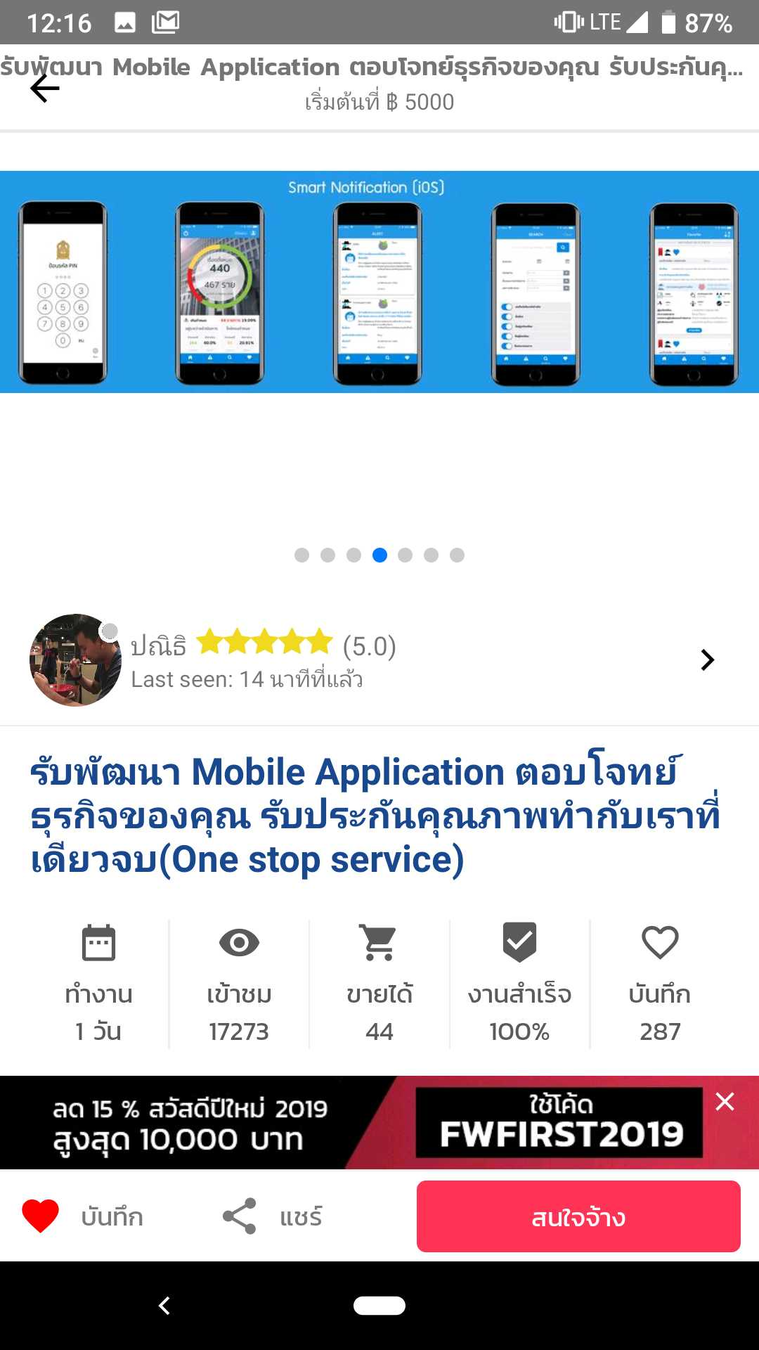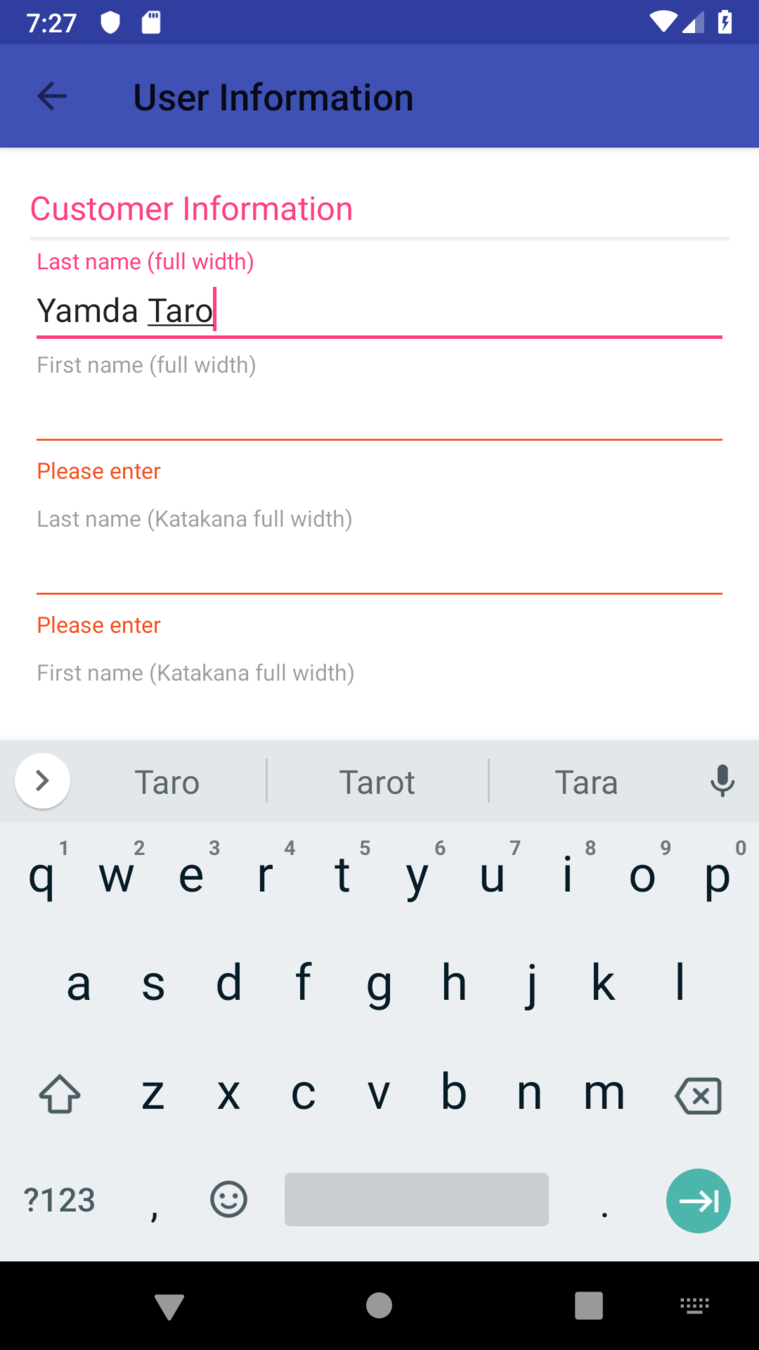State - How do we deal with it?
Me 🕶️
Mobile Enthusiastic 📱🍭
💖 Kotlin & Swift + Open source software
Works at Mercari (Merpay division) in Tokyo 🗼

github.com/kittinunf
@kittinunf
State - what is it?
State = Abstraction
Programming is all about abstraction
Programming uses language to solve problems
Example
var x: Int? = 10 //variable is state
x = 15 //update state
x++ //mutate state
x = null //"clean up" state
More example

//somewhere in your project
data class JobCategory(
val id: String,
val title: String,
val subs: List<JobSubcategory>
)
data class JobSubcategory(
val id: String,
val title: String,
val coverUrl: String
)
State is EASY 🍌
Using state, just assign/update value
One knows how to use it
But .... easy ≠ simple
State is COMPLEX 🙄
Unpredictable ...
Race conditions ...
Hard to write tests ...
Familiar or approachable
Easy
=
Fewer concepts / not complex to understand
Simple
=

More example

// in your class, you have this variable
var isHeaderAdded: Boolean = false
// in your class, you have this sort of function
fun updateItemCount(count: Int) {
}
// inside updateItemCount
fun updateItemCount(count: Int) {
if (isHeaderAdded) {
val header = getHeaderView()
if (itemCount == 0) {
removeHeader(header)
isHeaderAdded = false
} else {
header.updateItemCount(itemCount)
}
} else if (itemCount > 0) {
val header by lazy { HeaderView() }
header.updateItemCount(itemCount)
addHeader(header)
isHeaderAdded = true
}
}This kinda work™
Brittle, it looks !@#$%^&* but hard to maintain 🙀
Hidden context! - header is added or not 🔬
Hard to test, no resistant to change 👴
So, solution💡
Type = proof = prevent errors
Programmer tends to make errors
We need something to restrict what you can do
Solution💡
Type gives you the hidden context
| Type | Proves |
|---|---|
| ByteArray | Nothing much |
| String | String - list of Chars, not just random bytes |
| URL | String reprsents URL, not just random list of Chars |
Solution💡
interface List<out E> {
abstract val size: Int
abstract operator fun contains(element: E):
Boolean
abstract fun containsAll(elements: Collection<E>):
Boolean
abstract operator fun get(index: Int): E
abstract fun indexOf(element: E): Int
abstract fun isEmpty(): Boolean
abstract operator fun iterator(): Iterator<E>
abstract fun lastIndexOf(element: E): Int
abstract fun listIterator(): ListIterator<E>
abstract fun listIterator(index: Int):
ListIterator<E>
abstract fun subList(fromIndex: Int, toIndex: Int):
List<E>
}interface MutableList<E> : List<E> {
fun add(element: E): Boolean
fun add(index: Int, element: E): Unit
fun addAll(index: Int, elements: Collection<E>):
Boolean
fun addAll(elements: Collection<E>): Boolean
fun clear(): Unit
fun listIterator(): MutableListIterator<E>
fun listIterator(index: Int): MutableListIterator<E>
fun remove(element: E): Boolean
fun removeAll(elements: Collection<E>): Boolean
fun removeAt(index: Int): E
fun retainAll(elements: Collection<E>):
Boolean
operator fun set(index: Int, element: E): E
fun subList(fromIndex: Int, toIndex: Int): MutableList<E>
}List<E> is more restricted than Mutable<E>
List<E> is prevents you to expose to more errors comparing to Mutable<E>
Solution💡
// in your class, you have this variable
var isHeaderAdded: Boolean = false
// in your class, you have this sort of function
fun updateItemCount(count: Int) {
}
sealed class Content<ViewType, T> {
data Empty(val empty: ViewType) : Content()
data Value(list: List<T>, val header: ViewType) : Content()
}
// usage
when (content) {
is Content.Empty -> {
addHeaderView(content.empty) // smart cast :hooray:
}
is Content.Value -> {
// update your view with value
}
}Validated<T, E>
sealed class Validated<T, E> {
class Valid(value: T)
: Validated()
class Invalid(errors: List<Exception>)
: Validated()
companion object {
fun error(e: Exception) =
Invalid(listOf(e))
}
var isValid
get() = when(this) {
is Valid -> true
is Invalid -> false
}
}
sealed class InputError : Throwable() {
data class WrongFormat(reason: String) : EmailError()
object Length : EmailError()
}
fun validateEmail(email: String):
Validated<Email, EmailError> =
if (email.contains("@"))
Validated.Valid(email)
else error(InputError.WrongFormat("🙅♂️"))
fun validateName(name: String):
Validated<Name, Exception> =
if (name.isEmpty().not())
Validated.Valid(name)
else error(InputError.Length)RemoteData<T, E>
Represents a state of data that will be coming in the future
Eventually be either success or failure
Captures Loading state as well
RemoteData<T, E>
Not Asked
Loading
Success(value: T)
Failure(error: E)
Summary
"Type" is your best friend, use them A LOT
Kotlin sealed class is one of them most underrated feature
Don't overuse them, understand and use where it makes sense
Q & A 🙋
State - How do we deal with it?
By Kittinun Vantasin
State - How do we deal with it?
- 1,129



